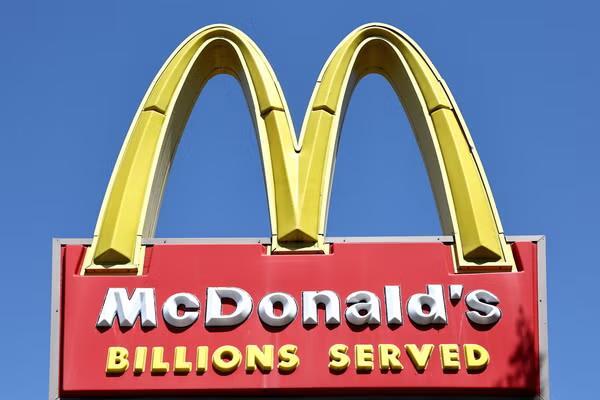
McDonald’s Loses Title as World’s Largest Fast Food Chain
In a shocking turn of events, McDonald’s, the iconic fast-food giant, has lost its title as the world’s largest fast-food chain. According to recent reports, China-based Mixue Bingcheng has taken the top spot with over 45,000 locations worldwide. This news has sent shockwaves through the fast-food industry, as Mixue Bingcheng has no presence in the United States, yet dominates in China and Southeast Asia.
Mixue Bingcheng, which translates to “cool ice cream,” specializes in affordable bubble tea and ice cream, offering a unique blend of flavors and products that have resonated with customers across the globe. Despite its massive size, the company’s revenue still trails major US chains, but its sheer number of locations makes it the largest fast-food chain in the world.
The news comes as a surprise to many, as McDonald’s has long been considered the king of fast food. With over 38,000 locations in more than 100 countries, the brand has been a staple in many cultures for decades. However, Mixue Bingcheng’s rapid expansion and aggressive marketing strategies have allowed it to catch up and surpass McDonald’s in terms of sheer numbers.
So, what makes Mixue Bingcheng so successful? For starters, the brand has mastered the art of branding and marketing. Its bold and colorful logo is recognizable across the globe, and its catchy slogan, “Cool Ice Cream, Warm Heart,” has become a hallmark of the brand. Additionally, Mixue Bingcheng has a strong social media presence, with over 10 million followers on WeChat alone.
Another factor contributing to Mixue Bingcheng’s success is its adaptability to local tastes and preferences. Unlike many international fast-food chains, Mixue Bingcheng has learned to tailor its menu to suit local tastes, offering unique flavors and products that cater to local preferences. This has allowed the brand to connect with customers on a deeper level, building a loyal following across the region.
Furthermore, Mixue Bingcheng has been able to capitalize on the growing demand for affordable, high-quality food options. With the rise of the middle class in China and Southeast Asia, consumers are looking for brands that offer good value for money. Mixue Bingcheng has been able to fill this gap, offering a range of products that are affordable, yet still meet high standards of quality.
In contrast, McDonald’s has faced challenges in recent years, including declining sales in some markets and increased competition from newer, hipper brands. The company has been working to revamp its image and menu, but it appears that Mixue Bingcheng has been able to stay ahead of the curve.
So, what does this mean for McDonald’s and the fast-food industry as a whole? For McDonald’s, it means a significant loss of market share and a need to re-evaluate its strategy. The company will need to find ways to compete with Mixue Bingcheng and other emerging brands, whether through menu innovation, marketing campaigns, or strategic partnerships.
For the fast-food industry, this news highlights the importance of adaptability and localization. Brands that are able to tailor their products and services to local tastes and preferences are more likely to succeed in the long run. It also underscores the growing importance of digital marketing and social media, as these channels are increasingly crucial for building brand awareness and engaging with customers.
In conclusion, the news that Mixue Bingcheng has surpassed McDonald’s as the world’s largest fast-food chain is a significant wake-up call for the industry. As the fast-food landscape continues to evolve, it will be interesting to see how McDonald’s and other established brands respond to this new challenge. One thing is certain, however – Mixue Bingcheng is here to stay, and its success is a testament to the power of innovation, adaptability, and localization in the fast-food industry.
Source:






